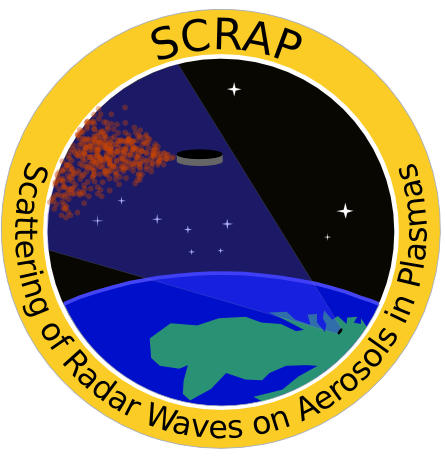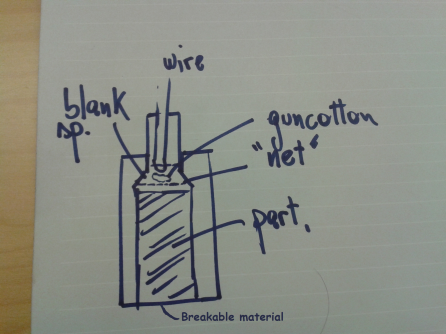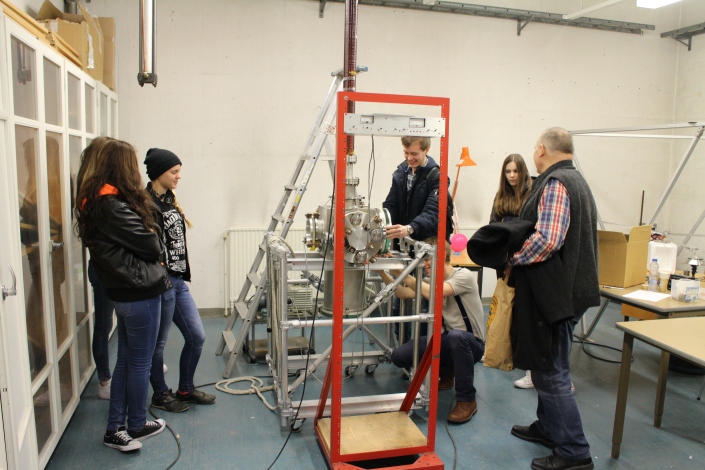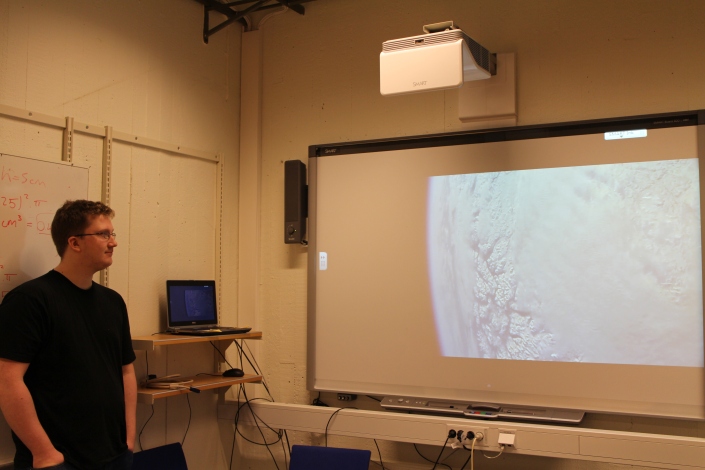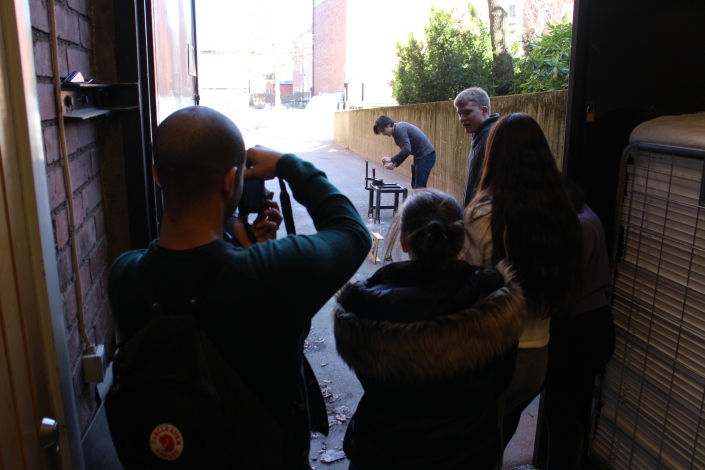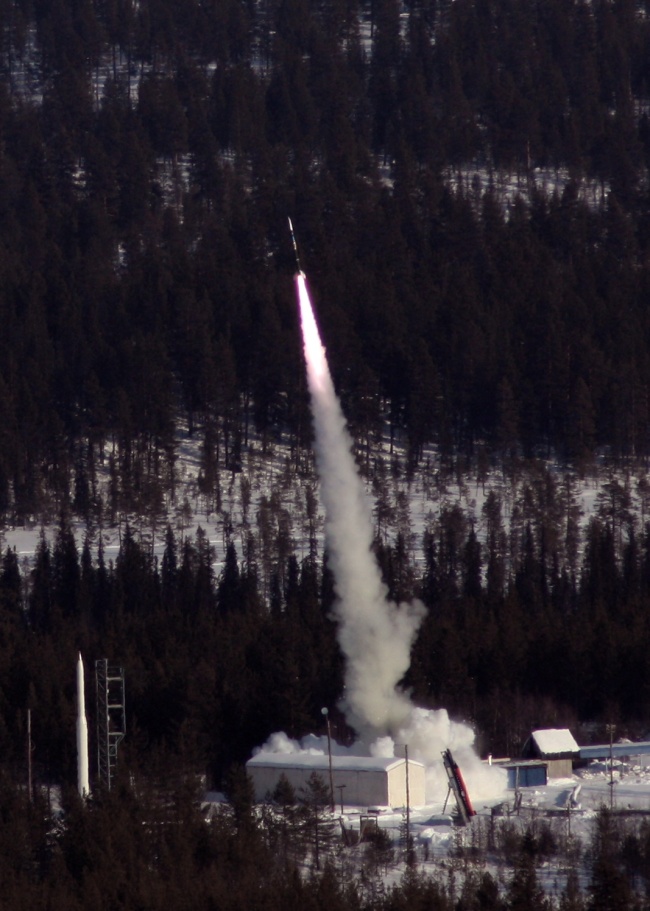Month: April 2014
SCRAP team phasing up
1 minute left to Bachelor thesis dead line. SCRAP team members doing their thesis project within the SCRAP experiment are finally ready to shift gear from working with SCRAP in order to complete thesis, to working with SCRAP for the work itself. Ain’t no stopping us now. The SCRAP team is going to take a huge leap forward starting from tomorrow. Endless hours of proofreading is being changed to vitamin D deficiency caused by never ever leaving lab.
SCRAP life until I check out, I thought you knew this.
/ The SCRAP team
Warming-up for tests
This week, and the following one SCRAP team is making the point of the situation about items which are needed for the entire experiment in general, and in particular, for the making of the vacuum chamber tests. Infact, chosen a new kind of approach, that is the cartridge one, some items are missing in the lab, so a parts’ list is going to be ready for order.
In the following picture we can see a sketch of the new approach. In this case the guncotton will be ignited by a current-driven wire. In order to a have a good ignition (hence with an high temperature), the resistance have to be very high, that’s why we cannot use any material, but a specific one is needed, that is kanthal. Once the kanthal wire will be available and ready to be installed inside the cartridge, the Fluid Dynamics group will continue to test inside the vacuum chamber.
Easter Time
Spring in is the best time of year don’t you think? The days are getting longer and warmer and you can almost see summer lurking around the corner.
One thing which always comes with spring is of course easter. For along time now the SCRAP team has been doing allot of important science. But at the moment we are enjoying a couple of days off during the easter break. As a f.y.i for those who do not know, on the logo of KTH it is written “VETENSKAP OCH KONST” which translates into “SCIENCE AND ART”. Since science is what we have been doing up till now. We figured that this break is a great time to practice on our art, and we all know what is painted during easter, right?
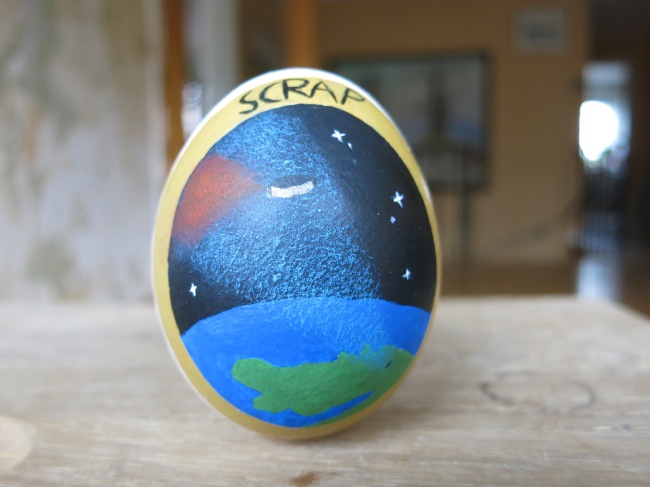
Here is the newest updated SCRAP logo. Happy easter everyone
/The SCRAP team
Going from PDR to CDR
At the 6th of April the SCRAP team submitted an updated version of the SED (i.e. SED v1.1) in which we described our chosen particle release method: The gun cotton approach! Aka Simon’s baby which has now charmed the whole team.
Right now the SCRAP team are taking the gun cotton approach to the next level by going into more detail of the CAD design, refining it and by the end of the month start with making the final drawings of it. The bachelor students are close to an end with their project course but most if not all of them will remain in the team and continue to work on their parts and possibly other fields. The Critical Design Review (CDR) is soon coming up which means the team will as soon as the members summer plans are final decide who to send. The SCRAP team is one of the bigger teams and because of it and the opportunities of exchange studies etc its hard to always have everyone gathered but we are managing it pretty well as the members abroad have continued to follow and contribute to the work.
In the SED v1.1 the team also included a Gantt Chart for the time period between the PDR and CDR, internally also referred to as period 4 (as it corresponds to at KTH somewhat), see figure below. Before the CDR there is a lot to do, formost there has to be drawings of all components in our FFU made which means at this points the testing of particle release refinements will be long forgotten and a final virtual model will be ready and submitted in the SED v.2.0 sent in before the CDR.
The preliminary date of the CDR is the 23rd-25th of June and will be held at DLR in Oberpfaffenhofen, Germany! Before that we also hope to have ISAAC’s RMU and start to make modifications to it and estimations of our final weights.
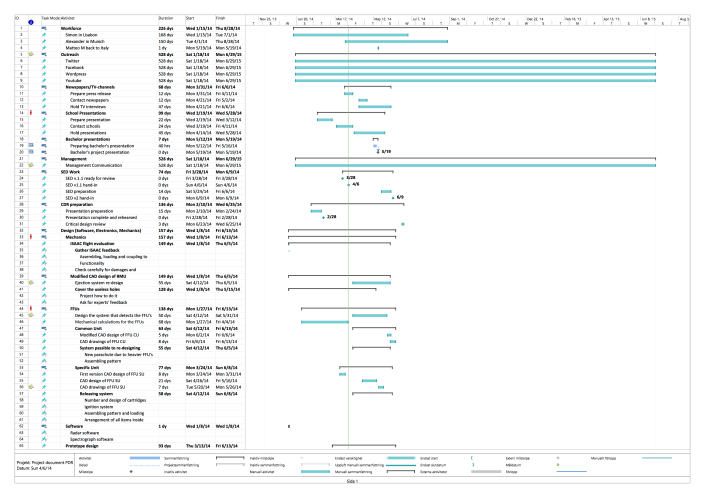
Children are our future!
An important part of the REXUS programme, and therefore the SCRAP experiment as well, is outreach. What good is science if nobody actually cares about the results, and also, what if you can’t find any sponsors for your precious experiment?
However, the SCRAP experiment had a rather special outreach session on Thursday this week, namely a presentation for around 30 school children from the eighth grade. These students were the ones who had qualified, through their excellent test scores, for a special competition called “Teknikåttan” and were therefore privileged with the opportunity to visit us during a field trip to the Royal Institute of Technology in Stockholm. We held a 40 minute presentation for the pupils in an attempt to inspire maybe at least some of them to continue within the field of engineering.
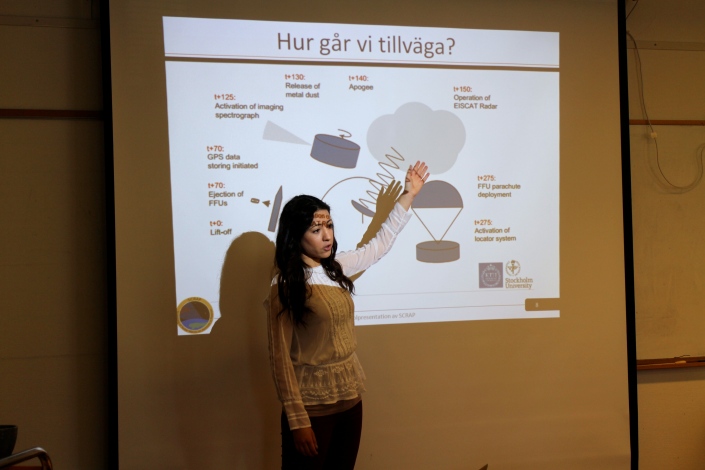
The presentation was made up of two main parts. First all the pupils were given an eight minute presentation up in the seminar room about the SCRAP experiment and the REXUS programme in general, and then the pupils got to visit the lab in the basement where we had prepared three events for them to observe.
The first event was a vacuum chamber in which we had a placed a half-inflated balloon. Naturally a fun effect of vacuum is that the balloon expands, until it eventually explodes!
The second event was a five minute video of the launch of a previous KTH REXUS experiment (MUSCAT). We also showed them some of the Free Falling Units from the old MUSCAT experiment, and fortunately we also got hold of a guest speaker from the MUSCAT team who could make some interesting comments on the video.
The third event was a demonstration of the dust release system, i.e. the cartridge which will be loaded with copper powder and gun cotton and then ignited close to apogee. For demonstration purposes we used flour as a substitute for the copper powder however, but the effect was still the same ;-).
All in all it was a very successful event and some of the pupils really did get genuinely interested (or so we hope). Who knows, maybe in a couple of years one of those pupils will be working in that very same lab with a new KTH experiment. Either case we need more young engineers.
Because as the old saying goes: “Children are our future!”
Some mechanical issues…….
The SCRAP experiment will fly to the desired altitude of 80 – 90 km onboard the REXUS Rocket. We are talking about a spin-stabilized rocket, powered by an Improved Orion motor, featuring a mass of 515 kg for 5.6 meters of length and 35 cm of diameter. During the launch the rocket burns 290 kg of solid propellant providing a peak acceleration of 20 g.
http://projectstratos.nl/2009/03/launch-1-rexus-6/
This strong acceleration poses serious issues on the structures of the experiment: vibration tests and rocket dynamic studies are important and need to be carried with the maximum attention. Since a relevant part of the hardware of the SCRAP experiment comes from the hardware of the ISAAC experiment, that will be launched in Spring 2014, most of these studies have already been done in the last months:
for this the SCRAP team want to thank ISAAC team for their work and we are proud to collaborate with our REXUS colleagues in the development of the hardware of our experiments.
Finally, it was also performed the analysis of the behavior of the rocket in case of failure of the ejection of one of the two FFUs: we want to express our gratitude to Huina Mao that performed the wobbling analysis again this year according to the specifications of the SCRAP experiment.

/The SCRAP Team
Where will the particles settle?
The experiment will eject at least 800 g of copper particles. Hopefully more! The more particles the stronger back scatter of the radar signals and bigger chance of a successful experiment. But on the other hand, copper isn’t very healthy. It is toxic to both nature and humans in too high levels. So where will the particles fall down? Will there be a risk for the SCRAP team at the rocket launch pad at Esrange?
To know this we do what we do all the time. We guess. But not just any guess. We go to the books to find models that fits to our situation and do calculations. Sometimes there are so many models that it is hard to know which one to use. This is the case when calculating how fast small particles fall when the density of the atmosphere is ridiculously small.
So, will we use protective masks after launching the rocket to avoid the rain of copper particles? No, we will not. At 80 km where the atmosphere is very thin the particles will fall around 20 m/s (72 km/h), quite fast! BUT! As the density of the atmosphere increases at lower altitudes the velocity decreases. Near the ground the velocity will be 0,3 mm/s (0,0009 km/h). The last 1000 meter will take 1100 hours! 47 days! It might take several years before the particles touch the ground again!
So where will the particles land? We have no idea! We only know that the particles will travel a long way and spread out before they settle. Some may go to Japan, some may go to USA. Others might go to Brazil or Tajikistan. Maybe some of them will travel a few laps around the earth and then go back to Sweden.
How about the environmental issue? If copper can be toxic. Why spread it in the atmosphere? Well, actually mankind emits quite much copper already. For example, according to “TNO Built Environment and Geosciences, Environment, Health and Safety” in The Netherlands, the copper that is emitted only from cars that wear out the breaking disks is around 2400 ton every year only in Europe. Since we will use a very small amount compared to what is emitted every year the impact from our experiment will be very small and it is worth it to know more about how our atmosphere works.
